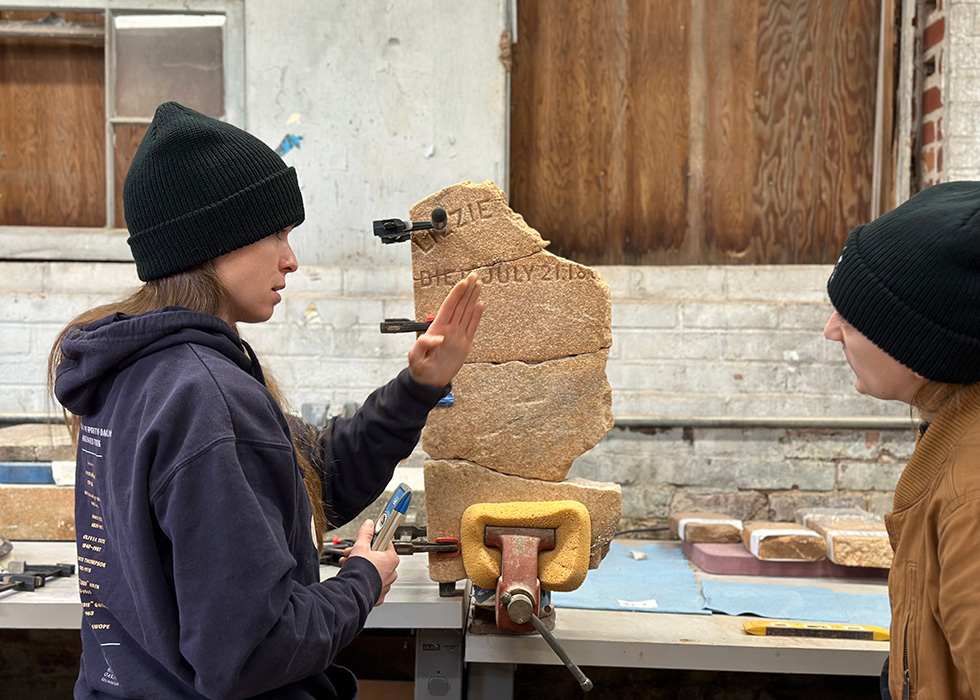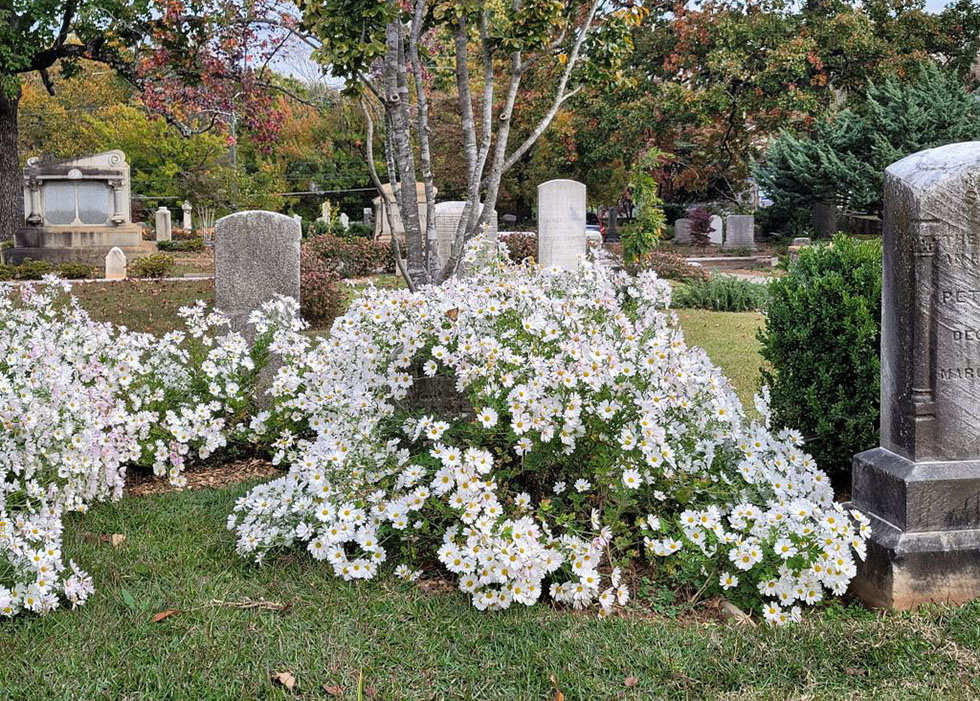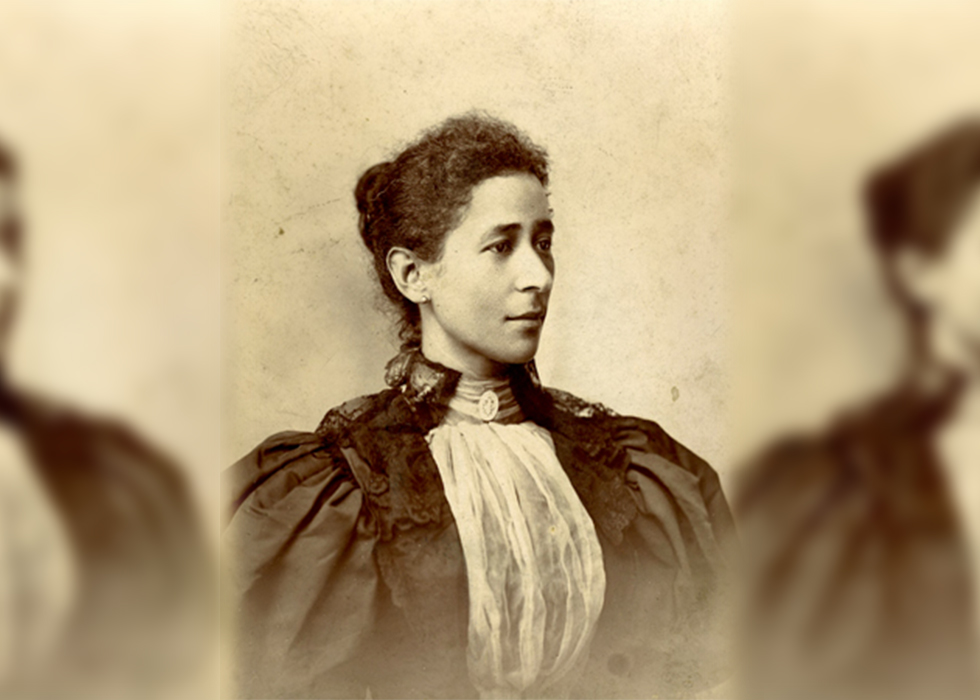
Gone with the Wind Premiere: 80 Years Later
On December 15, 1939, nearly 300,000 people crowded around the Loew’s Grand Theatre to witness the premiere of the critically-acclaimed antebellum epic, Gone with the Wind. Atlantans celebrated the film during three days of festivities, which included an extravagant costumed ball and a parade of film stars down Peachtree Street. Georgia Governor Eurith Rivers declared the day of the premiere a state holiday to commemorate the film for its portrayal of what many white Southerners believed to be a depiction of the “true” South. It went on to win eight Academy Awards and earn an estimated $190 million in the domestic box office (adjusted for inflation). Eighty years later, the premiere of this culturally significant film has reached near-mythic status in the public memory of Atlantans. What follows is the incredible and complex story of how the premiere was organized and its continued importance to the city of Atlanta.
From the Page to the Screen
The film Gone with the Wind was based on the Pulitzer Prize-winning novel by Atlanta native Margaret Mitchell. Published in 1936, the novel followed character Scarlett O’Hara during the Antebellum, Civil War, and Reconstruction years in Georgia. Mitchell’s best-selling novel became a national phenomenon. A Gallup poll ranked Gone with the Wind second only to the Bible in terms of significance. Margaret Mitchell sold the screen rights to her hit novel to producer David O’Selznick a mere month after publication. Upon hearing that the novel was being adapted, people across the country began anticipating the success of the film. Film stars Vivian Leigh, Clark Gable, Hattie McDaniel, and Olivia de Havilland brought Mitchell’s characters to life on the silver screen.
Atlanta Chosen
Film producers selected Atlanta to premiere the film. This decision was celebrated not only within Atlanta but across the state of Georgia. Many citizens saw this as an opportunity to show America what Atlanta and its residents had to offer. Matthew Bernstein, a film studies professor at Emory University, explains it best:
“the white citizens of Atlanta craved attention and validation, partly because of the city’s destruction during the Civil War…. It was a growing city that loomed large regionally, but not nationally. To have one of its residents write a Pulitzer Prize-winning international bestseller stirred a wave of civic pride. Atlanta also loved the movies as much as any city in the 1930s, but not many films were set in Georgia. So, Georgians were thrilled at the prospect of seeing an epic production that was sympathetic to the state’s ordeal during the Civil War and afterwards. Southerners, in general, felt Hollywood never represented them fairly—here was a film that promised to do so.”
Planning the Premiere
The people of Atlanta rallied to prepare for the premiere. The Wesleyan Women’s Club was so excited for the film that they petitioned to be the hostesses for the event’s festivities four years ahead of the film’s release. The Atlanta Constitution provided daily updates on the preparation for the events leading up to the film’s premiere, as well as details about the cast and film production. Festivities included a grand ball, a feast and a private showing of the film for the stars and other special guests including Atlantan Mayor William Hartsfield, Margaret Mitchell, and four elderly Confederate veterans, one of whom had never seen a film before.
Given the size and excitement of the event, which saw thousands of Southerners making the pilgrimage to Atlanta for even a glimpse of the stars of the picture, an immense level of logistical planning went into the event. Close to 400 National Guardsmen and 120 city police officers were called into service to help ensure security for the events. Thirty police officers were stationed at the Georgian Terrace Hotel to protect the film’s leading couple, Vivian Leigh and Clark Gable. Officers also created security lines by interlocking arms for seven miles along the motorcade’s path on Peachtree Street toward the theater. Police officers, when questioned on the need for security, were concerned that the crowd’s intensity would endanger the stars.
Thousands of citizens rallied to make Atlanta look its best for the coming Hollywood stars. Women’s organizations urged housewives to help city sanitary staff to remove leaves and trash from the streets. Businesses and rival theaters created and donned facades that harkened back to the Antebellum period. The Fox Theater went as far as to construct a façade that transformed the famous theater into a recreation of Scarlett’s plantation home, Tara. Even historical societies and civic organizations, like the Junior Chamber of Congress, engaged in the preparations by placing historical markers across the city to provide context to several sites featured in the novel.
Stars Brighten Atlanta
The film’s stars arrived by plane and were greeted by screaming crowds of excited fans. They were given exclusive tours and visits across the state to several real-life venues and landmarks from the novel, as well as tourist attractions like the Cyclorama, which was then seen as an iconic piece of pro-Confederate artwork. During this visit, Clark Gable famously told Mayor Hartsfield that the only thing wrong about the painting was that he wasn’t in it. This earned him a mannequin of his likeness among the other figures contributing to the foreground of the piece.
The only star missing from the Atlanta premiere was Hattie McDaniel, who portrayed Mammy in the film. McDaniel, an African American actress and comedian, was urged not to attend by her fellow cast members, the film’s producer, and the production’s contacts within Atlanta. Georgia, like all states in the Deep South at this time, was segregated and all people of color, even film stars, were discriminated against due to their race. McDaniel’s allies were concerned for her safety, and event planners worried that segregationists would protest the premiere if she attended. Furthermore, the venue for the film, Loew’s Grand Theatre, was a “whites only” theater. This level of segregation in Southern states surprised and frustrated several of the cast members to the point of not attending, including Clark Gable. It was only after reassurances from Hattie McDaniel that Gable was convinced to attend the event. Despite not being able to attend the Atlanta premiere, Hattie McDaniel attended the film’s Hollywood premiere. McDaniel went on to win the Academy Award for Best Supporting Actress for her performance as Mammy, Scarlett O’Hara’s enslaved housekeeper. She was the first African American actor to win an Oscar.
Festivities Begin
After touring the city and the state, the festivities truly began in earnest. The three-day celebration kicked off with a grand costume ball. Atlantans and other visitors competed in several contests, including a contest for the most authentic Antebellum costume. In another contest, women competed to match the body measurements of Vivian Leigh. The woman who was closest in size to Vivian Leigh would get to wear one of Scarlett’s dresses to the costume ball and dance with the film’s leading man, Clark Gable. Over 42 women participated by engaging in starvation diets for weeks. The winner attended the ball alongside Southern and Hollywood royalty, including golf legend and Oakland resident Bobby Jones.
However, nothing compared to the day of the premiere itself. Nearly 300,000 individuals crowded around the Loew’s Grand Theatre to see the celebrity motorcade and red-carpet entrance. City newspapers described the many spotlights surrounding the venue as beams piercing into the heavens notifying all in the city of the star power of the event. Crowds cheered as each star entered the theater to view the film for the very first time. Four and a half hours later, attendees and stars exited the theater to another round of cheers. The elderly Confederates left either crying or in stunned silence. Southern leaders proclaimed that the film truly honored the “Lost Cause,” which has since become one of the film’s strongest criticisms.
The Return Home
After the credits rolled and the festivities ended, the film continued to be a source of regional pride for years to come. Artifacts from the film were requested and donated to several museums across the state. Donated items include Scarlett’s famous green dress, Rhett’s suit, miniature models of outdoor sets, and a large painting of Scarlett. These displayed items continued the legacy of the film, which has been debated over the years. Some argue that Gone with the Wind presents a romanticized depiction of the Antebellum era that ignores the realities of slavery and segregation. Others examine the gender and class politics of the film. There are many ways to critique this film, but the fact remains that Gone with the Wind continues to be a significant film eighty years later.
Margaret Mitchell found herself surprised by the film even though she knew how it would end. Less than ten years later, crowds of Atlantans would gather again to celebrate Mitchell, this time at her funeral. The little woman who wore a pink dress to the Gone with the Wind premiere died in 1949 and was interred at Oakland Cemetery. Her gravesite has become one of the cemetery’s most visited sites for fans who seek to pay tribute to the women who introduced them to the world of Tara and the troubled character of Scarlett O’Hara.
Footage from the premiere
Hattie McDaniel wins best supporting actress



